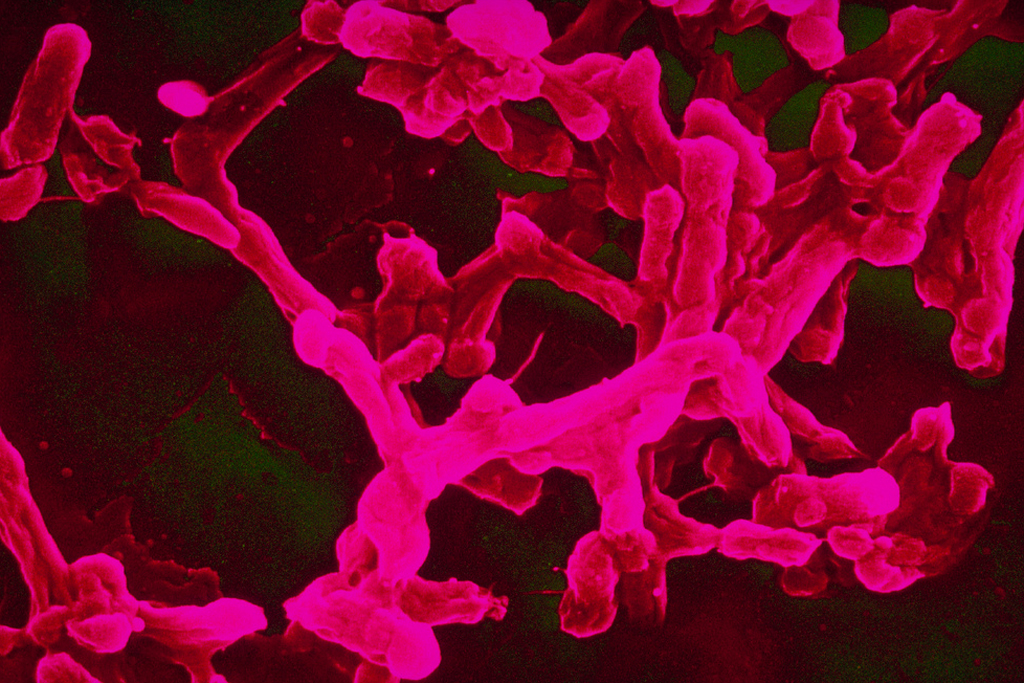Reflection: What Does God Want Human Life to Look Like?
WCIU Journal: Health and Disease Topic
November 14, 2015; Updated October 1, 2019
by Beth Snodderly
(This “Reflection” is an excerpt from the WCIU Press book of faculty and student writings, The Goal of International Development: God’s Will on Earth as It Is in Heaven, pages 161-62.)
“What does God want human life to look like?”
Paul Pierson answered his own question, to the staff of the USCWM in 2008, with a good description of shalom: grace, health, education, safety, well-being for all people.
These qualities flow from being in right relationship with God, as seen in Jeremiah’s prophecy that tied the concept of “prosperity” (Hebrew: shalom) to God’s forgiveness for the peoples’ sins of rebellion: “Then this city will bring me renown, joy, praise, and honor before all nations on earth that hear of all the good things I do for it; and they will be in awe and will tremble at the abundant prosperity and peace I provide for it” (Jer. 33:8, 9).
From this passage, it is clear that shalom is a quality that is observable. A visible evidence of shalom in the realm of nature was understood by one of Job’s comforters as including the wild animals being at peace (Hebrew: shalom) with humans (Job 5:24).
Isaiah elaborated on this concept [of the submission of wild animals] in describing the reign of the Messiah: “The wolf will live with the lamb, the leopard will lie down with the goat, the calf and the lion and the yearling together; and a little child will lead them. ... They will neither harm nor destroy on all my holy mountain, for the earth will be full of the knowledge of the Lord as the waters cover the sea” (Isa. 11:6, 9).
UPDATE October 1, 2019: Sigve Tonstad points out that Mark describes Jesus being “with the wild animals” in the desert during his 40-day fast before the Temptation (Mark 1:13) (https://www.amazon.com/Sense-Traditions-Non-Sense-Sigve-Tonstad/dp/1498233139) as a sign of Jesus’ Messiahship.
In Isaiah’s list of animal life that will no longer harm or destroy when the Lord’s shalom is being experienced, his lack of knowledge prevented him from including harmful micro-organisms that cause disease in humans, animals, and plants. But knowing now that disease is caused by bacteria and viruses, and knowing that disease is one of the curses that is an evidence of the lack of shalom (see Deut. 28:22 and Jer. 32:23), it seems reasonable to include the “taming” (or eradication) of these types of “animal” life in a contemporary application of the understanding of shalom. Ralph Winter strongly urged that the body of Christ participate in attempts to eradicate disease in order to glorify God by making known to the world that He is not the author of disease and suffering.
Rather, God’s will is demonstrated by another observable sign of shalom: health and healing. To a formerly wicked city and the people in it, God says through the prophet Jeremiah, “I will bring health and healing to [the city]; I will heal my people and will let them enjoy abundant peace and security” (Jer. 33:6). This passage demonstrates that there is no dichotomy between social and spiritual healing or between physical and spiritual healing. Shalom is holistic.


